News and Insights
The Samurai Kenbu Theater in Kyoto offers a rich blend of traditional Japanese culture through its blog.
It covers topics like Samurai Kenbu, an elegant and historical sword dance, and delves into Kyoto's iconic temples and cultural landmarks.
The blog is a gateway to understanding Kyoto's deep-rooted traditions, offering insights into the city's rich history and the art of Kenbu, reflecting the discipline and grace of samurai warriors.
It's an excellent resource for anyone interested in Japanese culture, history, and the arts.
-
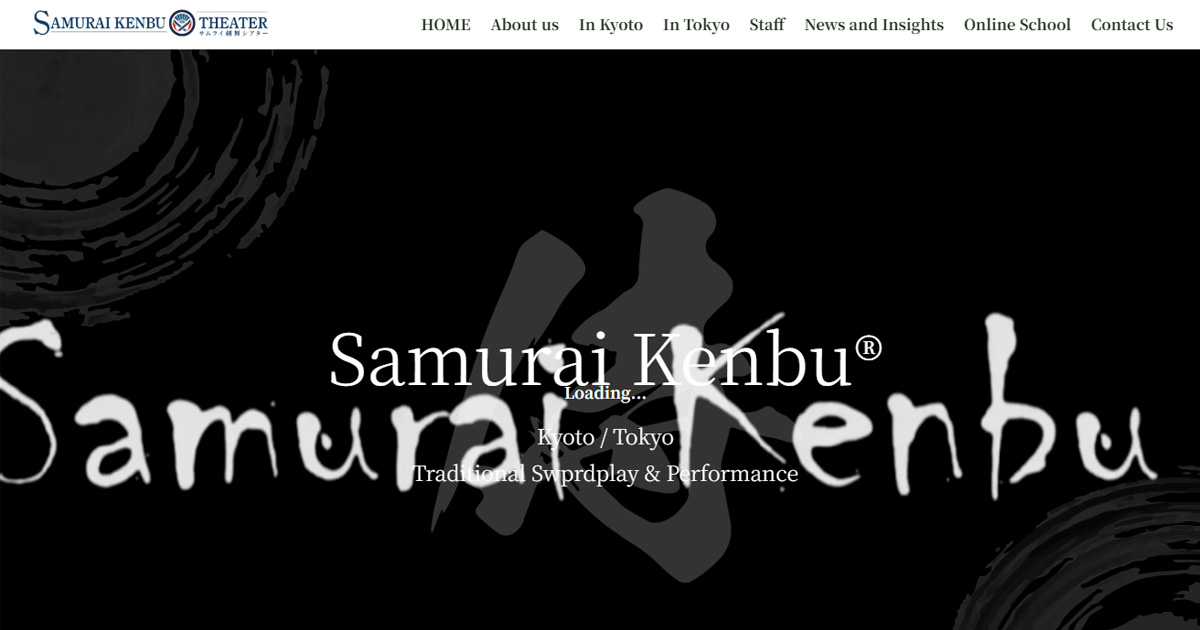
2025.02.12News
The website has been renewed.
Thank you very much for your continued support. Our website has been renewed. Thank you for your continued support of Samurai Kenbu®.
-
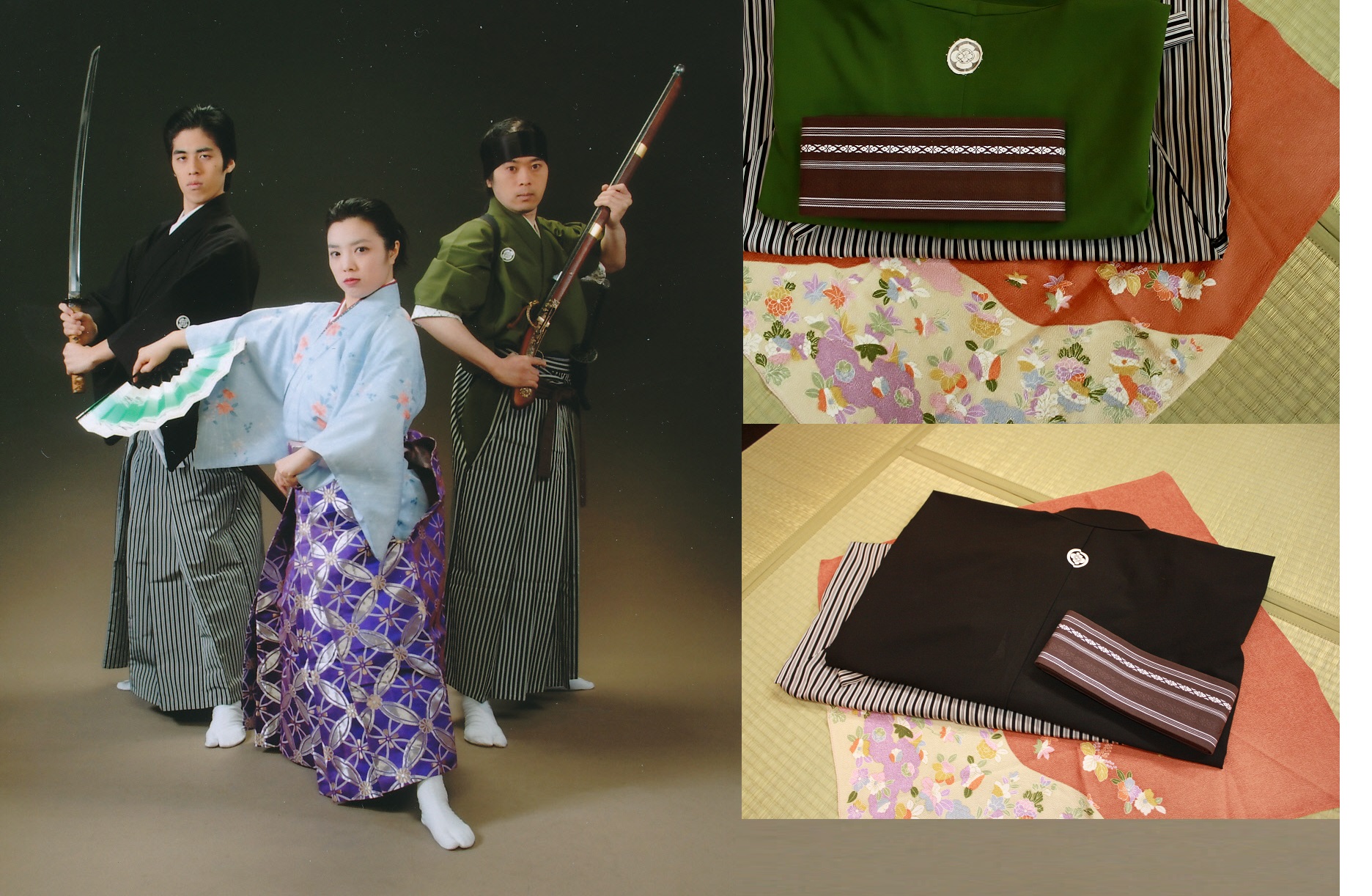
2024.08.11Column
Kenbu Costuming: A Blend of Functionality and Tradition
The art of Kenbu, steeped in the spirit of the samurai, is a theatrical display of grace and discipline. It is here, amidst the fluid danc…
-
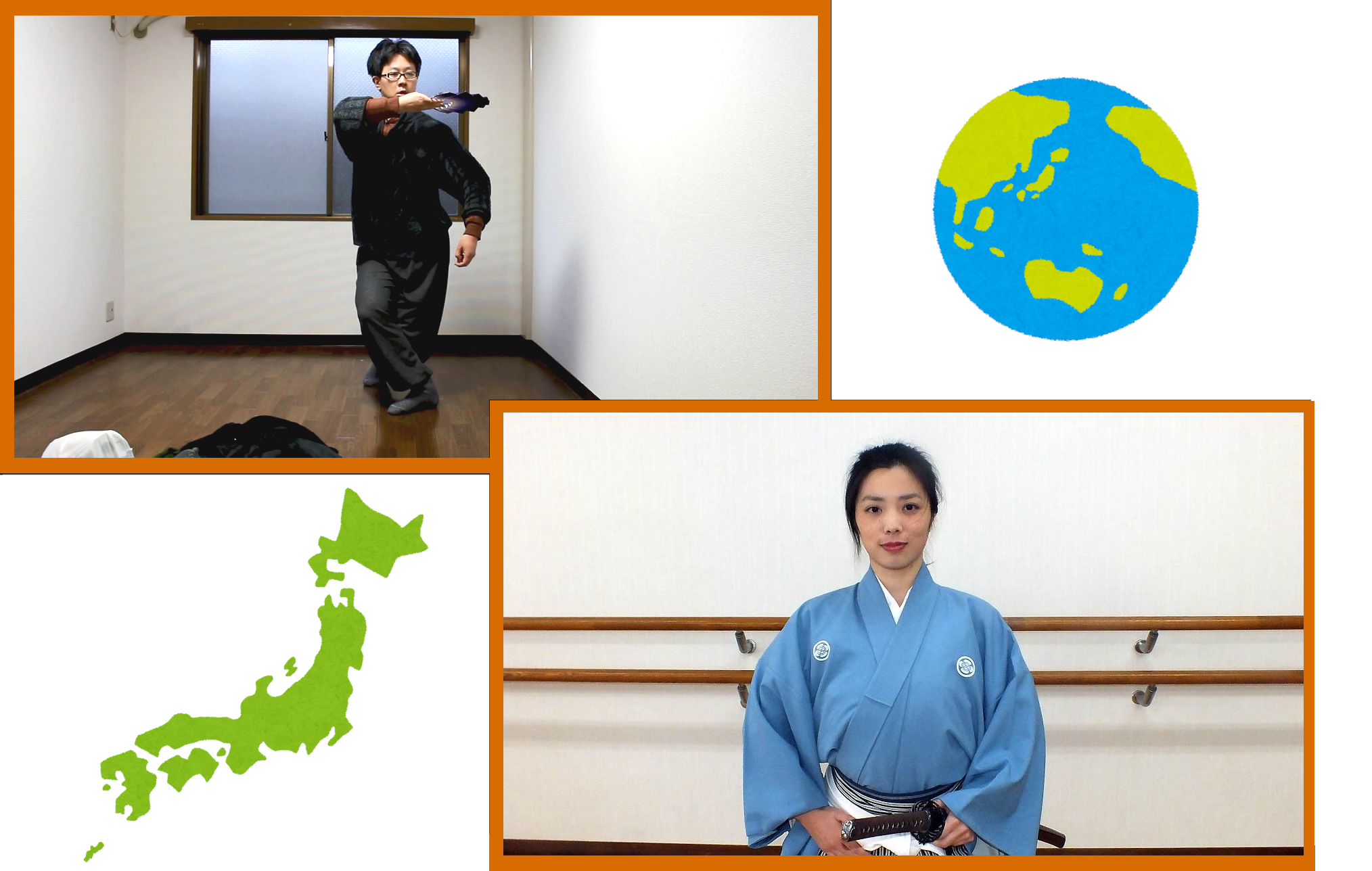
2024.08.11Column
Embarking on the Way of the Sword and Dance: A Student’s Journey in Online Kenbu Classes
Greetings to our readers! Today, we bring you a fascinating insight into the world of Kenbu through the eyes of a dedicated student who ha…
-
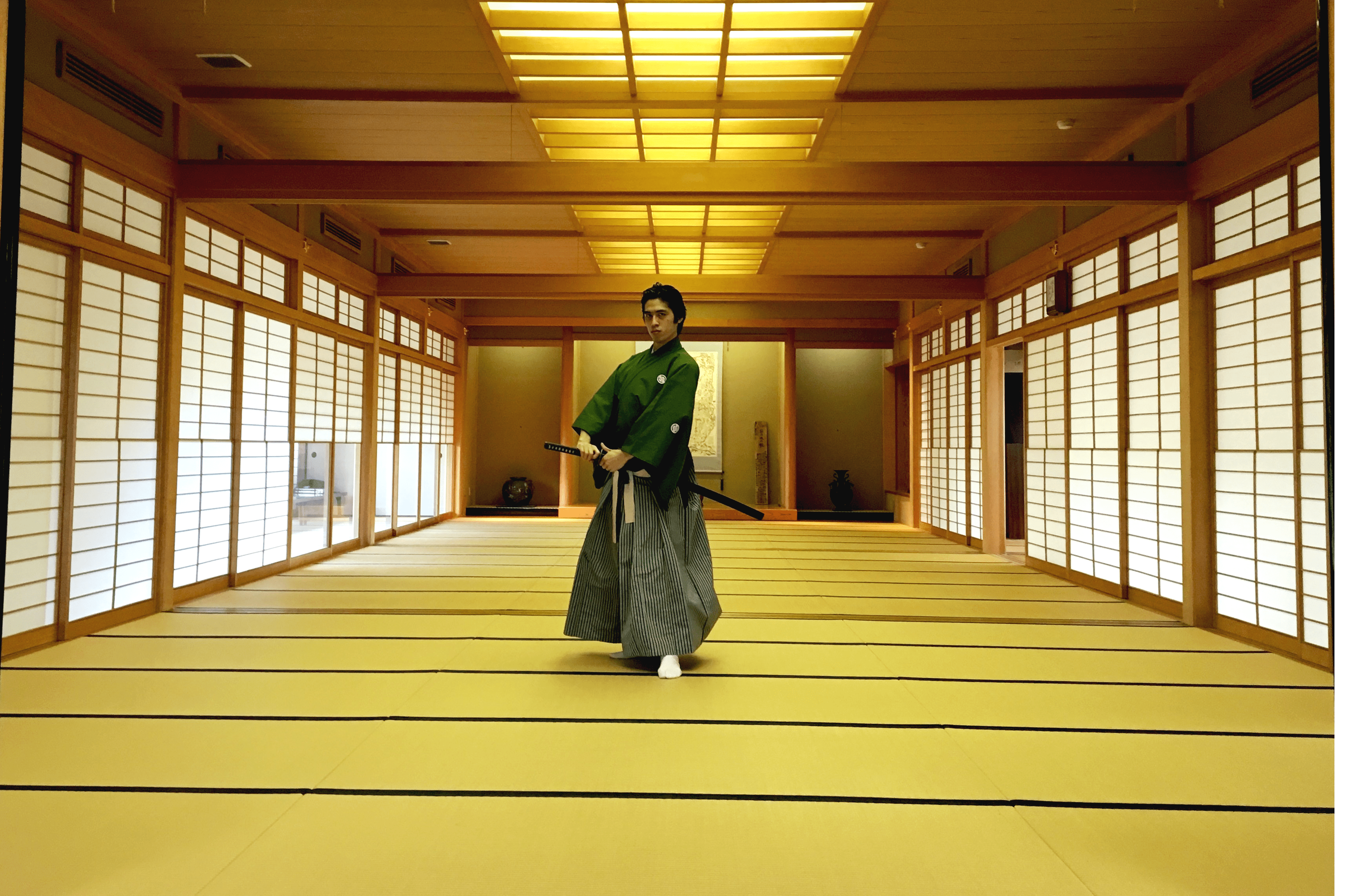
2024.08.11Column
Samurai Elegance vs. Cultural Pageantry: A Comparative Look at Kenbu and Other Japanese Traditional Dances
Japan's rich tapestry of traditional arts is a vibrant reflection of its cultural heritage. Among these, the dance forms stand out for the…
-
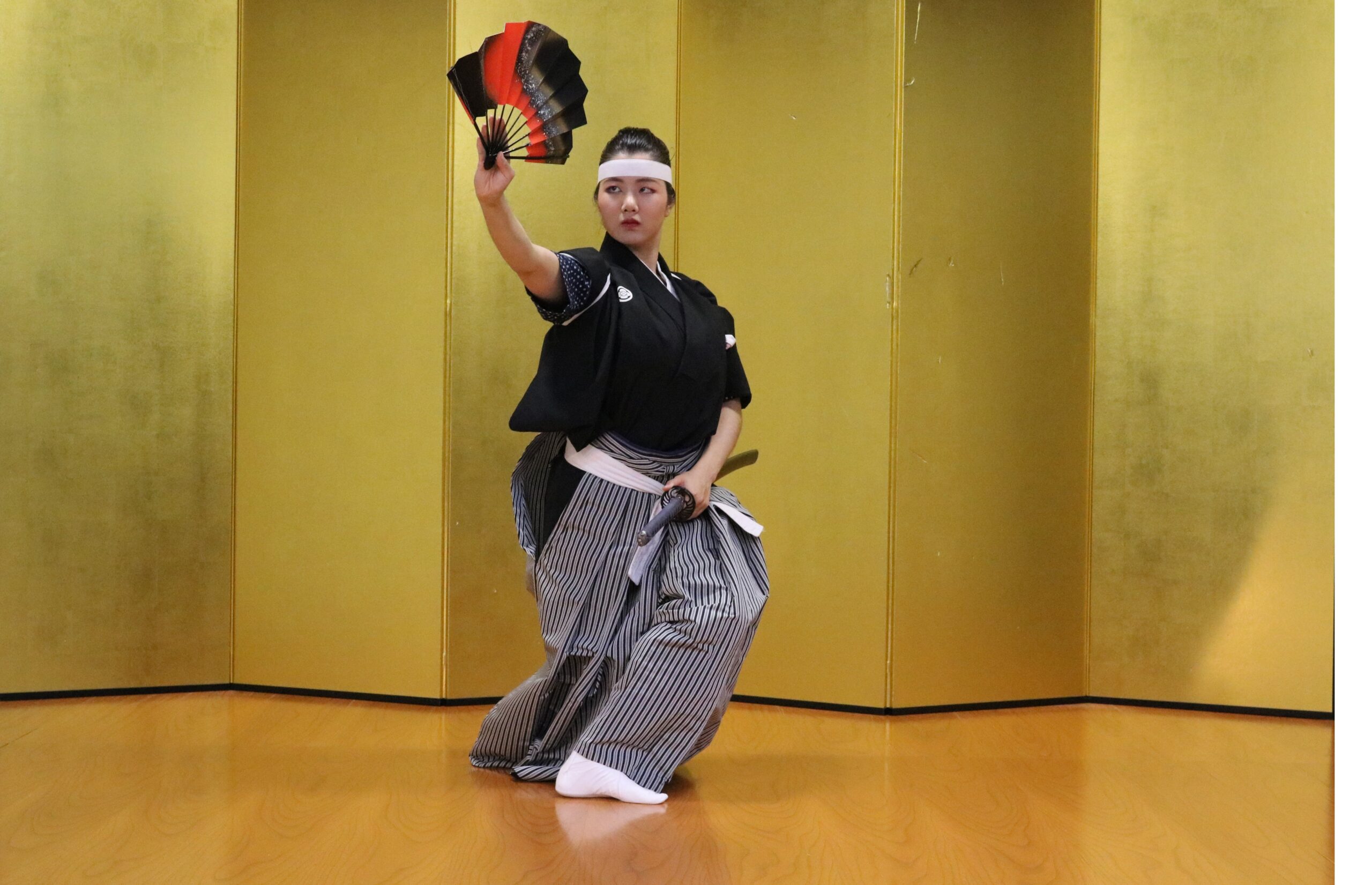
2024.08.11Column
The Cultural Significance of the Katana and Fan in Kenbu
In the graceful and disciplined world of Kenbu, the traditional Japanese art of sword dance, two objects stand out for their symbolic and …
-
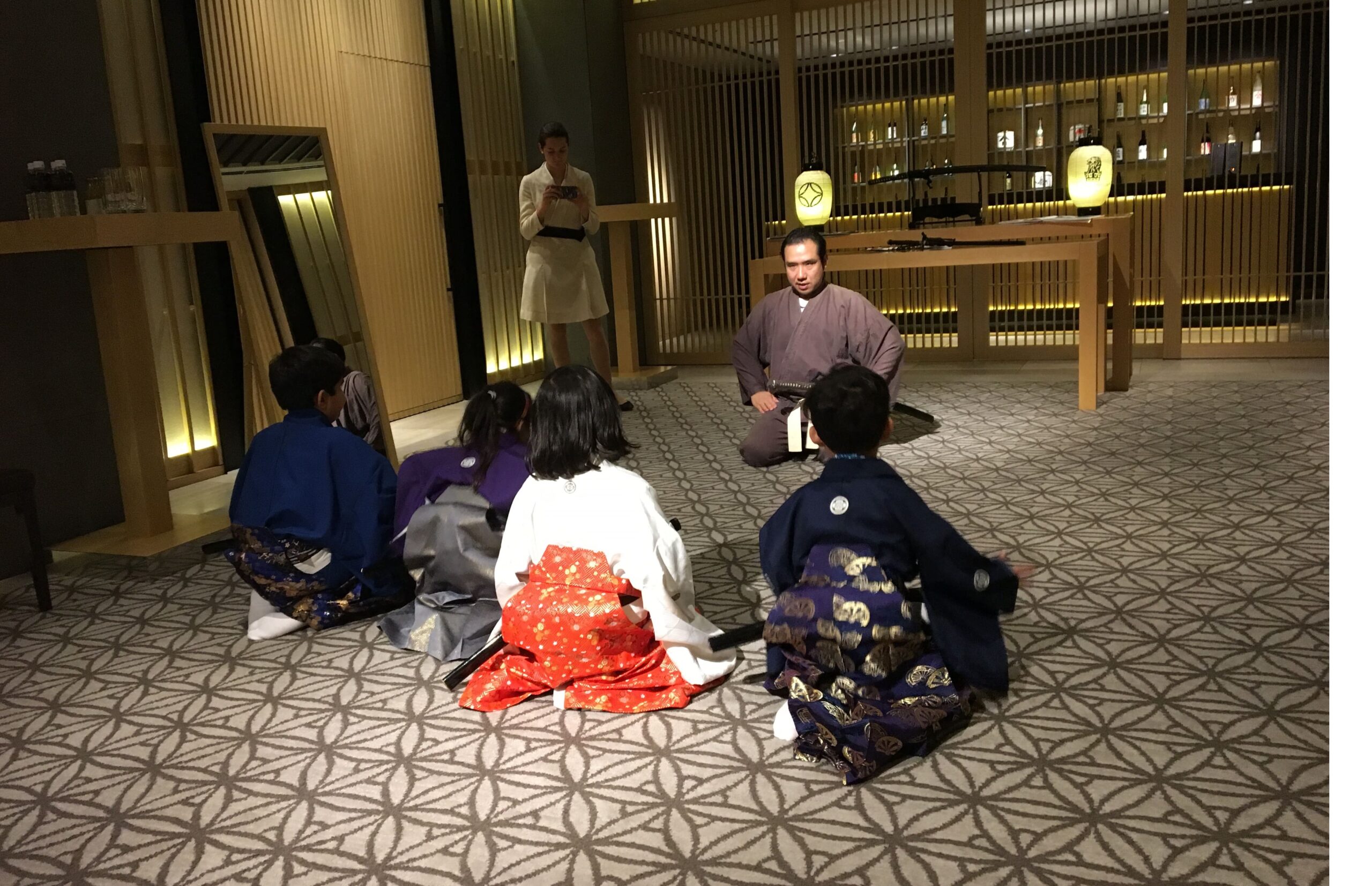
2024.08.11Column
Kenbu for All Ages: How the Sword Dance Promotes Lifelong Wellness
Kenbu, the Japanese art of sword dance, is more than just a martial discipline; it's a holistic practice promoting physical, mental, and e…
